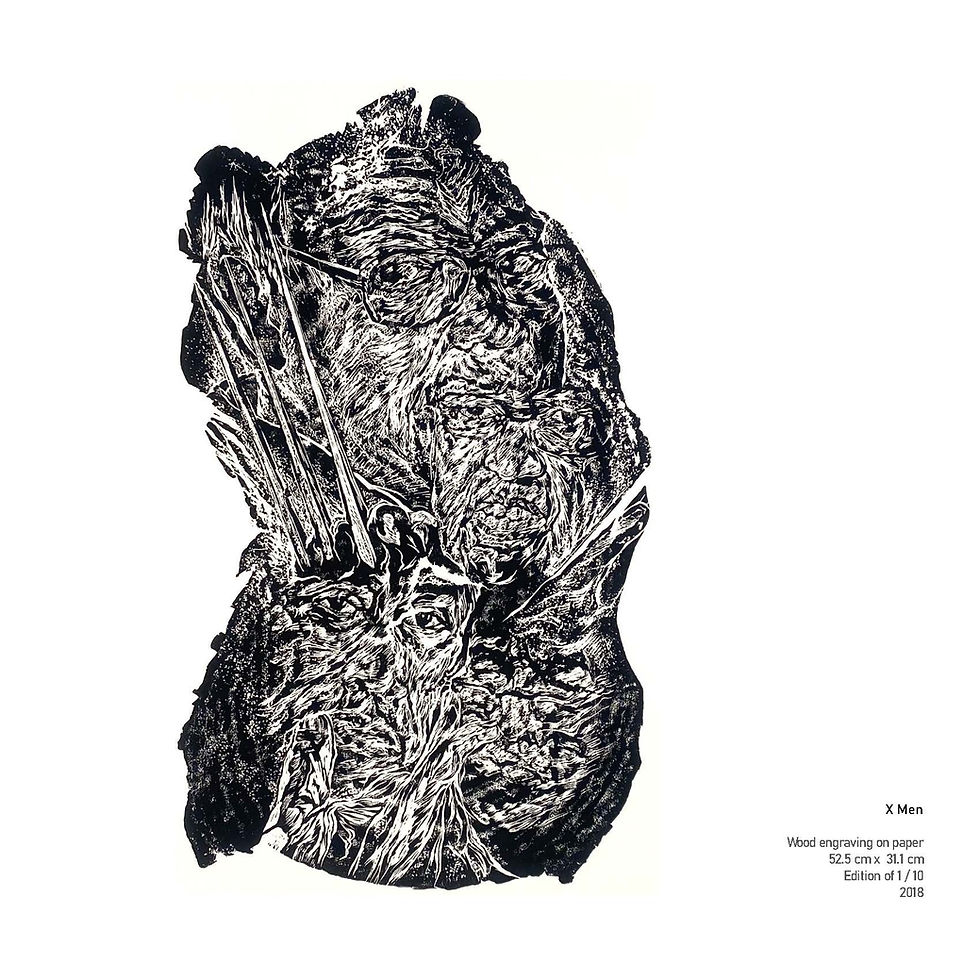WHAT IS AN ORIGINAL PRINT? "Internationally agreed standards"
- senicetak malaysia

- Mar 1, 2022
- 2 min read
Updated: Apr 13, 2022
A five-point definition of an original print as agreed at the Third international Congress of Artists held in Vienna in September of 1960. Here it is:
1. It is the exclusive right of the artist-printmaker to fix the definite number of each of his graphic works in the different technics: engraving, lithography, etc. Prints pulled by the artist to show progress, called "first state" or "second state" etc., and artist's proofs, which are gradually limited to 10 percent of the total edition should bear an indication to this effect and should not be include in the total number of this edition.
2. Each print, in order to be considered an original, must bear not only the signature of the artist, but also an indication of the total edition and the serial number of the print. The printer, if other than the artist, may add his name on the print.
3. Once the edition has been made , it is desirable that the original plate, stone, woodblock, or whatever material was used in pulling the print edition, should be defaced or should bear a distinctive mark indicating that the edition
has been completed.
4. The above principles apply to graphic works which can be considered originals, that is to say, prints for which the artist made the original plate, cut the woodblock, worked on the stone or any other material. Works which do not fulfill these conditions must be considered "reproductions"
5. For productions no regulations are possible. However, it is desirable that reproductions should be acknowledge as such, and so distinguished beyond question from original graphic work. This is particularly so when reproductions are made of such out-standing quality that the artist, wishing to acknowledge by the printer, feels justified in signing them.
Prints which may not be classified as originals are as follows:
(1) copies of original works of art made wholly by photo-mechanical processes even though they may be in limited editions and bear the signature of the artist whose work is reproduced:
(2) prints which may be described as close or literal copy of an original work of art however reproduced.
*excerpted from exhibition catalog: Communication in Graphic- Printmaking. 1993 National Art Gallery , Malaysia




Comments